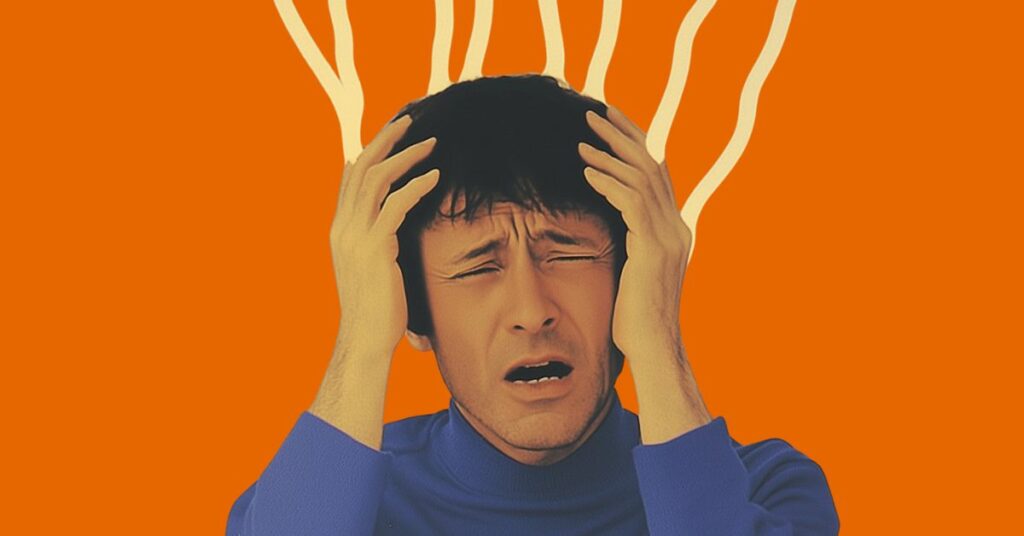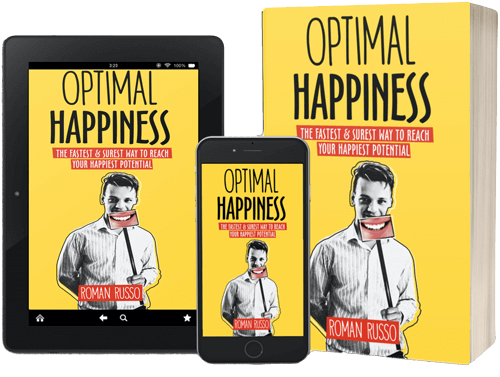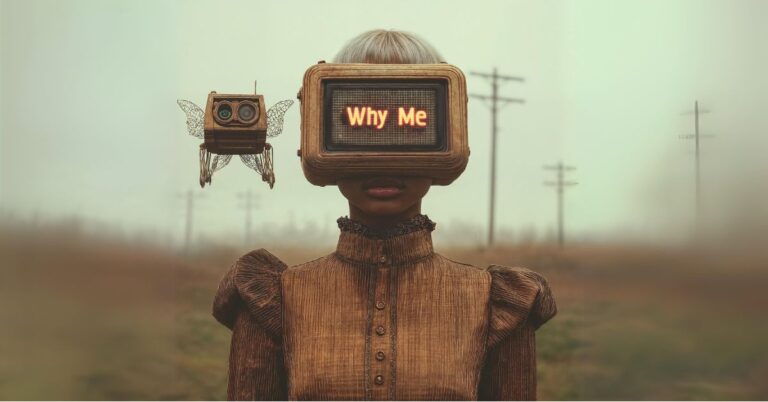
Not all negative emotions are necessarily bad, and not all positive emotions are necessarily good. For example, cocaine is said to provide very high positive emotions in the moment, but it also exacts a very high negative toll on our body and mind in the long term, making people dependent, erratic, and overall feeling bad.
Similarly, going to the gym involves damaging your body, such as straining muscles and depleting stamina. Furthermore, it costs time and money. However, in the long term, muscles recover and make our bodies stronger, suggesting that this seemingly negative event is actually positive in many ways, and we are indeed recommended to do it in order to lead a healthy life.
In other words, some people shy away from things they need to do because of the pain it may cause them, while being attracted to negative things because of the short-term benefits they provide, which is one reason why many people are unhappy today.
This is not to say that all pain is good and all pleasure is bad, as when discussing the benefits of positive emotions and the disadvantages of negative emotions, we are referring to the Four Quadrants of Happiness.
In this way, we need to understand when:
1. Positive emotions are good,
2. Negative emotions are bad,
3. Positive emotions are bad, and
4. Negative emotions are good.
Today, we are focusing on point #4, which is when negative emotions are good. The other points have been addressed in my book Optimal Happiness.
For instance, today I woke up feeling extremely bad physically because of all the activities I did during the weekend. In many ways, I was suffering because of the good life I experienced, which felt bad indeed. However, even knowing the outcome, I wouldn’t have changed my previous decisions.
As such, it is a known technique to use pain to achieve a positive outcome, as demonstrated by:
– Stoics, who would embrace negativity in order to learn life’s lessons more quickly,
– Christianity, which embraces repentance to reach divine favor,
– Ascetics, who would purposefully cause themselves pain to reach enlightenment.
However, Stoics also created unnecessary pain, learning lessons they could have also learned while being happy. Christians, who are now admitting that God wants them to be happy in this lifetime, previously accepted that people needed to suffer to reach a higher reward in the next life, which is no longer so. And the most famous ascetic, Buddha, eventually abandoned this practice, stating that it was much better to live a comfortable life without unnecessary and excessive suffering while practicing meditation.
Furthermore, science today supports that the advantages of positive emotions are much greater than those of the other three Quadrants of Happiness:
1. Negative emotions are bad,
2. Positive emotions are bad, and
3. Negative emotions are good.
In other words, being happy is better than being unhappy by a huge margin, as on average, happy people earn more money, have better relationships, are more productive, are healthier, live up to 10 years longer, and virtually outperform their negative counterparts in every other aspect. This comparison is so one-sided that it becomes obvious that we need to embrace happiness wholeheartedly while avoiding negative emotions as much as possible, which will lead to the best lifestyle.
To learn more about the other Quadrants of Happiness and reaching one’s happiest potential, I recommend continuing to read this blog, buying my book Optimal Happiness, or attending our happiness courses, with the intake call being free.
Stay happy!















8 thoughts on “How to Use Pain to Reach Enlightenment”
Interesting perspective on how embracing certain types of discomfort can lead to long-term growth and happiness. It’s a valuable reminder to consider the bigger picture beyond immediate feelings.
Correct. It is actually both: doing what feels good and not shying away from certain things that feel bad. Thank you for commenting!
I will read more fully…it has certainly sparked my interest
Thank you for visiting my blog! It looks like we’re on the same page, my friend. Good stuff here!
Thank you, Rochelle! Your kind words are the fuel for my continuous writing.
Ive read this and it is an interesting topic, I personally feel that both can co exist and through this can come an acceptance of “what is” Growing pains are exactly that, a change of mind, change of thought or change of behaviour can cause emotional discomfort before the new settles in.. its not a bad or negative thing it just “is”… no pain, no gain… dark and light, yin and yang….its all welcomed…. yes focus on the positves and gratitude of course and also allowing for the darkness and shadow with humbleness and reverence. Thats what starts to shift things, of course these are my opinions :) ☀️
Oscar Wilde once said, “A map of the world that does not include Utopia is not worth even glancing at.” He continued by saying, “Progress is the realization of Utopia.” Naturally, he meant targeted progress, which we sometimes lack in this world, as exemplified by the many social issues we face today. However, your opinion is correct. You are talking about targeted growth in the right direction, and from my professional perspective, you are 100% correct. Keep it up! :)
Thank you ✨️